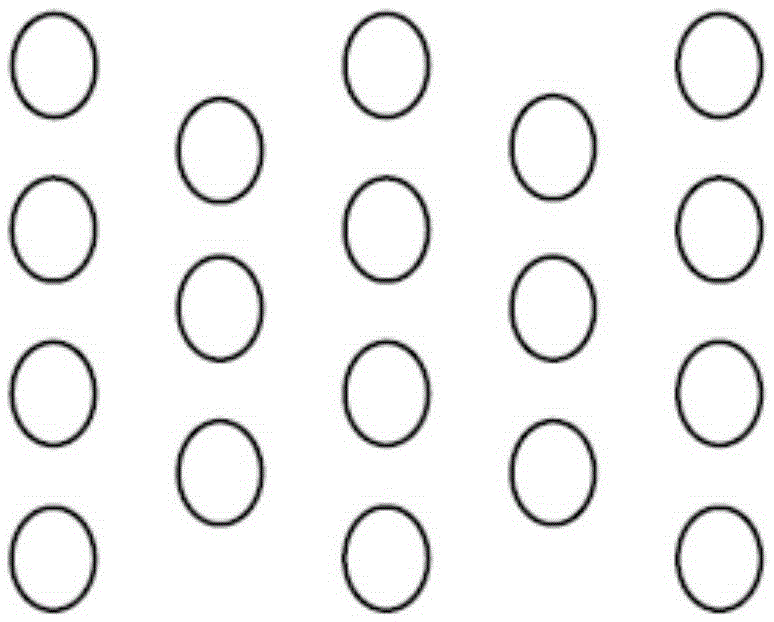Optimization method for protective coast-forest belt canopy structure
An optimization method and technology for shelter forests, applied in forestry, afforestation, climate change adaptation, etc., can solve problems such as dryness, damage to horizontal structure, and lack of technical achievements.
- Summary
- Abstract
- Description
- Claims
- Application Information
AI Technical Summary
Problems solved by technology
Method used
Image
Examples
Embodiment 1
[0027] In this embodiment, the applicant selects the 37-year-old Metasequoia shelter belt in Renmintang, Pudong New Area, Shanghai as the object. The original row spacing is 2m × 3m or 3m × 3m, a single canopy forest belt, and the porosity of the trunk layer is relatively large. There are few lower plants, mainly herbaceous plants, with a canopy index > 3, and the protection effect is poor.
[0028] For the shelterbelt, the inventor optimized it based on the optimization method he developed, and the specific optimization process is as follows.
[0029] The clearing of the forest belt is mainly to clear some of the average trees and all the lodging trees of the main tree species in the forest belt, reduce the density of the original single canopy, and control the density of the original stand within 1000 trees / ha. It should be noted that the present invention not only needs to clean up lodging trees, but also cleans up average trees. The average trees mentioned here refer to in...
Embodiment 2
[0039] In the present embodiment, in the black pine shelter belt, adopt the method similar to embodiment 1, and the tree species that are replanted are adjusted, specifically, the arbor tree species of planting mainly select Quercus japonica and white wax, and the ratio is 4:1, the main shrub species are Amorpha fragrans and Vitex unileaf, the ratio is 3:1. After optimization, the canopy index of the shelter belt was optimized from 4.22 to 1.27, and the effective protection distance was increased from 7.1H to 10.3H. The effective protection distance has been increased by 45%, which is beyond expectations, exceeding the initial maintenance target of the maintenance personnel, and much larger than the improvement ratio in Example 1. Illustrate that the selection ratio of tree species is extremely successful, fully exerting the effect of the optimization method of the present invention.
PUM
 Login to View More
Login to View More Abstract
Description
Claims
Application Information
 Login to View More
Login to View More - R&D
- Intellectual Property
- Life Sciences
- Materials
- Tech Scout
- Unparalleled Data Quality
- Higher Quality Content
- 60% Fewer Hallucinations
Browse by: Latest US Patents, China's latest patents, Technical Efficacy Thesaurus, Application Domain, Technology Topic, Popular Technical Reports.
© 2025 PatSnap. All rights reserved.Legal|Privacy policy|Modern Slavery Act Transparency Statement|Sitemap|About US| Contact US: help@patsnap.com

